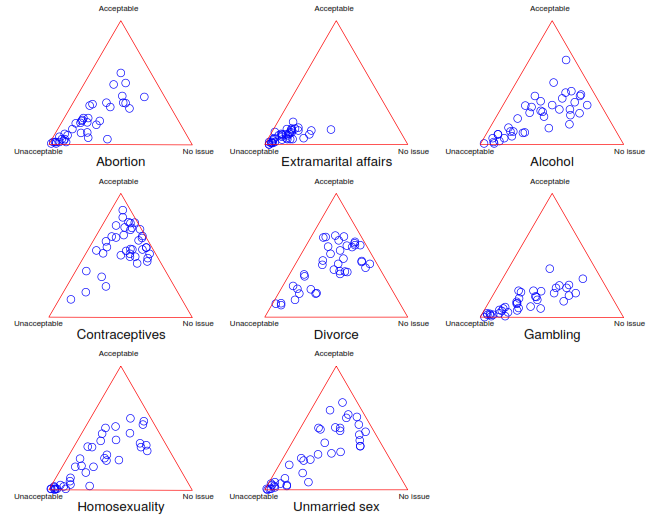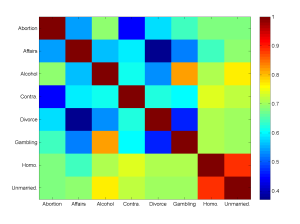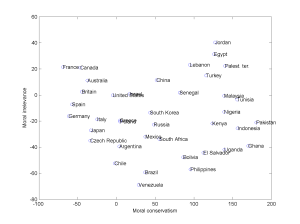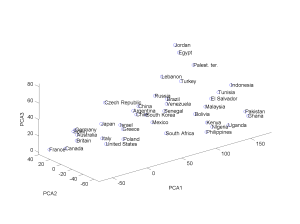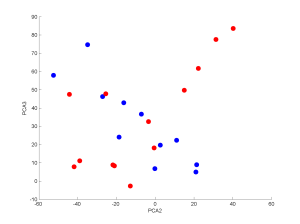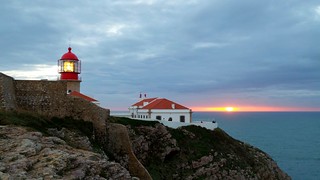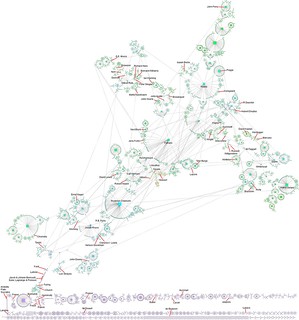 The ever awesome Scott Alexander made a map of the rationalist blogosphere (webosphere? infosphere?) that I just saw (hat tip to Waldemar Ingdahl). Besides having plenty of delightful xkcd-style in-jokes, it is also useful by showing me parts of my intellectual neighbourhood I did not know well and might want to follow (want to follow, but probably can’t follow because of time constraints).
The ever awesome Scott Alexander made a map of the rationalist blogosphere (webosphere? infosphere?) that I just saw (hat tip to Waldemar Ingdahl). Besides having plenty of delightful xkcd-style in-jokes, it is also useful by showing me parts of my intellectual neighbourhood I did not know well and might want to follow (want to follow, but probably can’t follow because of time constraints).
He starts out with pointing at some other concept maps like that, both the classic xkcd one and Julia Galef’s map of Bay Area memespace, which was a pleasant surprise to me. The latter explains the causal/influence links between communities in a very clear way.
One can of course quibble endlessly on what is left in or out (I loved the comments about the apparent lack of dragons on the rationalist map), but the two maps also show two different approaches to relatedness. In the rationalist map distance is based on some form of high-dimensional similarity, crunching it down to 2D using an informal version of a Kohonen map. Bodies of water can be used to “cheat” and add discontinuities/tears. In the memespace map the world is a network of causal/influence links, and the overall similarities between linked groups can be slight even when they share core memes. Here the cheating consists of leaving out broad links (Burning Man is mentioned; it would connect many nodes weakly to each other). In both cases what is left out is important, just as the choice of resolution. Good maps show the information the creator wants to show, and communicates it well.
It is tempting to write endless posts about good mindspace maps and how they work, what they can and cannot show, and various design choices. There are quite a few out there. Some are network layouts made automatically, typically from co-citations. Others are designed by hand. Some are artworks in themselves. I don’t have the time today. But starting the day with two delightful ones that trigger much new thoughts and planning is a good way of starting the day.
